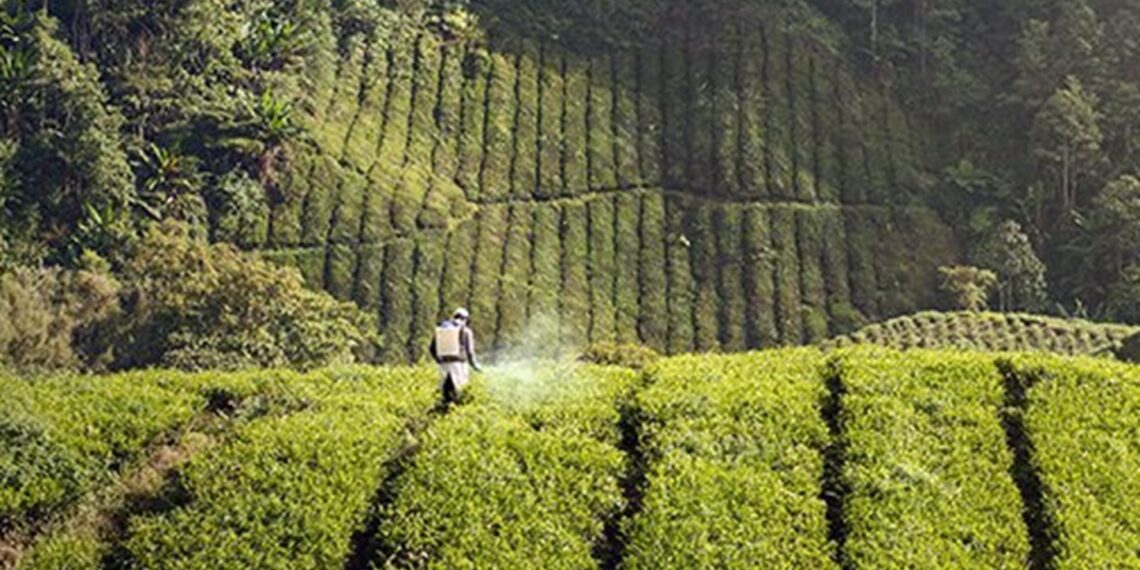GUWAHATI: Small tea growers in Assam have pledged to abstain from using banned pesticides in their tea crops, aligning with safety standards mandated by the Food Safety and Standards Authority of India (FSSAI).
Various associations, including the Upper Assam Small Tea Planters’ Association and the All Assam Small Tea Growers’ Association, have pledged to adhere to regulations set forth by the FSSAI.
These regulations prohibit the use of chemicals such as Cypermethrin, Acephate, Imidacloprid, Acetamiprid, Dinotefuran, and Fipronil in tea cultivation.
During a press briefing, Diganta Hazarika, the General Secretary of the Upper Assam Small Tea Planters’ Association, reaffirmed their commitment to upholding safety standards and supporting the broader tea manufacturing ecosystem.
In response to the assurances provided by small tea growers’ associations, the Assam Bought Leaf Tea Manufacturers Association (ABLTMA) has announced the reversal of its decision to shut down factories.
ALSO READ North Eastern Tea Association seeks ban on 6 pesticides, submits memorandum to Agriculture Minister
“We have chosen to temporarily withdraw our shutdown decision in light of the assurances and commitments made by small tea growers’ associations regarding the non-use of prohibited chemicals,” stated ABLTMA President Chand Kumar Gohain. during a press meet.
Gohain further confirmed that all member factories would resume accepting green tea leaves from small tea growers starting tomorrow.
This development highlights the significance of cooperation and communication between large manufacturers and small growers in maintaining industry standards in Assam tea sector.
Earlier this month, the North Eastern Tea Association (NETA) formally urged the Agriculture Department to prohibit the sale of six specific pesticides to small tea growers (STGs) in Assam.
In a memorandum submitted to Agricultural Minister Atul Bora, NETA highlighted concerns regarding the use of pesticides not approved for tea cultivation by small tea growers, who contribute to 50% of the state’s green leaf output.
The association attributed this issue to a lack of awareness among growers and the availability of these pesticides for other crops.















